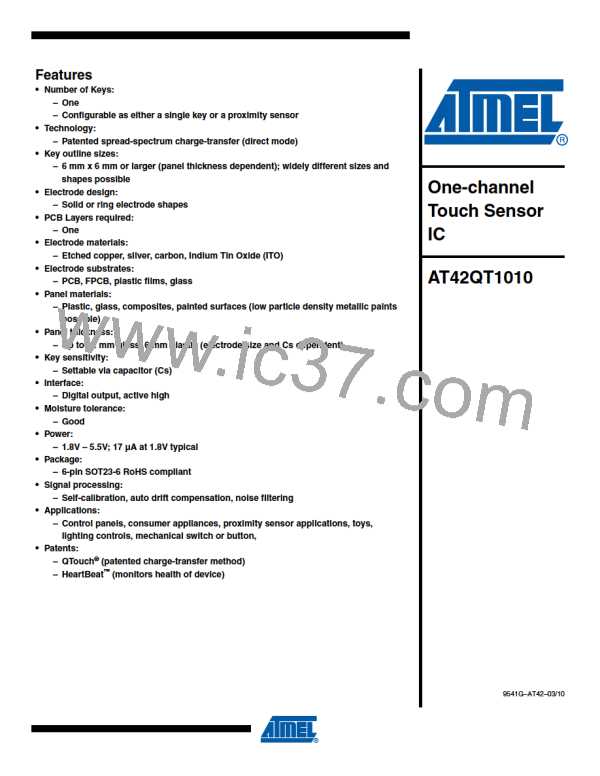Figure 3-3. SYNC Mode (Triggered by SYNC Edges)
sleep
sleep
sleep
Revert to Fast Mode
SNSK
SYNC
slow mode sleep period
SNSK
SYNC
sleep
sleep
sleep
Revert to Slow Mode
slow mode sleep period
However, once SYNC mode has been entered, if the SYNC signal consists of a series of short
pulses (>10 µs) then a burst will only occur on the falling edge of each pulse (Figure 3-4 on
page 6) instead of on each change of SYNC signal, as normal (Figure 3-3).
In SYNC mode, the device will sleep after each measurement burst (just as in LP mode) but will
be awakened by a change in the SYNC signal in either direction, resulting in a new
measurement burst. If SYNC remains unchanged for a period longer than the LP mode sleep
period (about 80 ms), the device will resume operation in either Fast or LP mode depending on
the level of the SYNC pin (Figure 3-3).
There is no detect integrator (DI) in SYNC mode (each touch is a detection) but the Max
On-duration will depend on the time between SYNC pulses; see Section 3.3 and Section 3.4.
Recalibration timeout is a fixed number of measurements so will vary with the SYNC period.
Figure 3-4. SYNC Mode (Short Pulses)
SNSK
>10us
>10us
>10us
SYNC
3.2
Threshold
The internal signal threshold level is fixed at 10 counts of change with respect to the internal
reference level, which in turn adjusts itself slowly in accordance with the drift compensation
mechanism.
The QT1010 employs a hysteresis dropout of two counts of the delta between the reference and
threshold levels.
6
AT42QT1010
9541G–AT42–03/10

 ATMEL [ ATMEL ]
ATMEL [ ATMEL ]